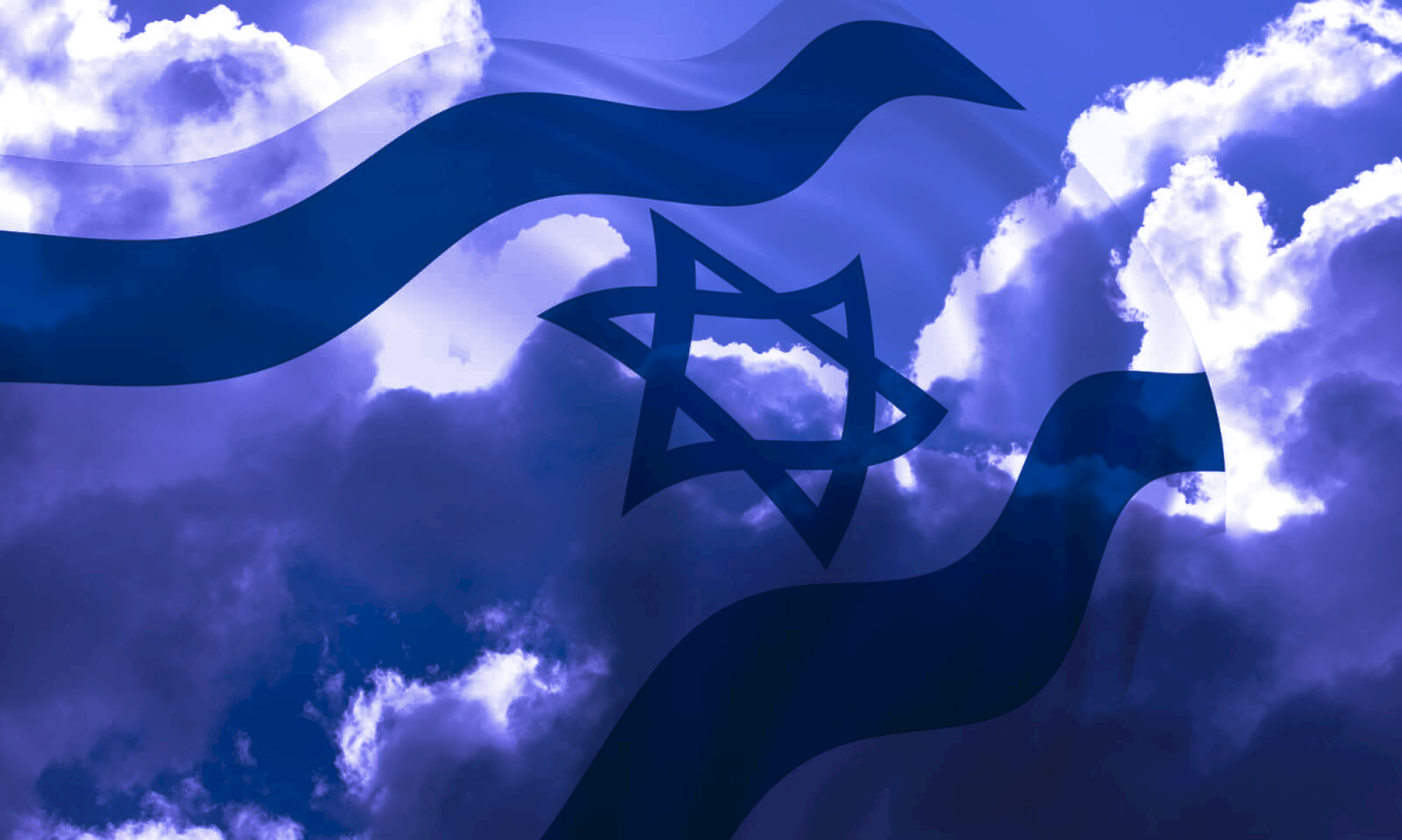
Israel’s recent attack on Iran, aimed at targeting Iran’s nuclear program and missiles, as well as containing Iran and its allies, has ended up strengthening the new Syrian government, led by Ahmed al-Sharaa
Understand, in a simple way, why this happened, based on an interview with Professor Amatzia Baram, from the University of Haifa, published in the Maariv newspaper.
Why did Syria let Israel use its airspace?
For 12 days, Israeli planes crossed Syrian airspace to attack targets in Iran.
Syrian leader Ahmed al-Sharaa did not try to stop this operation.
According to Professor Baram, this happened because Israel’s attacks on Iran brought benefits to the new Syrian government.
Iran is a major rival of the new Syrian regime.
Any weakening of Iran helps al-Sharaa consolidate its power in Damascus, the capital of Syria.
“Every blow against Iran is an advantage for the al-Sharaa government,” explains Baram.
Therefore, even if Syria had the means to disrupt Israel, it had no interest in doing so.
What did Syria learn from the Israeli operation?
The Israeli operation taught the Syrian leader two important lessons:
Israeli air force range: Israel managed to keep planes over Iranian territory, almost 2,000 km away, for 12 days without interruption.
This shows Israel’s military power and its ability to operate at such a distance.
Precision of intelligence operations: Israel demonstrated that it can strike specific targets with great precision.
For example, it eliminated key Iranian military leaders in a matter of days and struck strategic Iranian bases.
Baram notes that the strikes were so precise that Israel was able to hit the apartments of specific targets, such as scientists or military officers, thousands of miles away.
These lessons have made al-Sharaa realize that Israel has the ability to reach him at any time if he becomes a threat.
“If I were al-Sharaa, I would conclude that it is better not to engage with Israel if I want to avoid trouble,” Baram says.
Why is al-Sharaa not interested in confronting Israel?
Apart from fearing Israel’s military power, al-Sharaa has no personal reasons to enter into conflict with the country.
Unlike the Palestinians, who claim land occupied by Israel, al-Sharaa does not see the Golan Heights territory, controlled by Israel since 1967, as a sufficient reason to start a war.
Even former Syrian leaders, such as Hafez al-Assad and his son Bashar, have effectively accepted that the Golan is under Israeli control, since they have not attempted to retake it since 1973.
Also, al-Sharaa knows that Iran would like to overthrow it in order to regain influence in Syria.
Israel’s strikes against Iran hinder these Iranian plans, which benefits the Syrian leader.
Baram also points out that the Israeli operation showed that groups allied with Iran, such as Shiite militias in Iraq and Hezbollah in Lebanon, did not fight back during the 12 days of attacks.
This weakens these groups, which are natural enemies of al-Sharaa.
An unexpected result: Indirect cooperation between Syria and Israel
Interestingly, Israel’s operation against Iran ended up creating a situation of stability between Israel and al-Sharaa’s Syria.
Although the primary goal was to contain Iran, the strike strengthened the new Syrian government and paved the way for a non-confrontational relationship between Israel and Syria.
This could bring more balance to the Middle East for years to come.
However, the only Iranian allies that were not affected by this operation were the Houthis in Yemen, who remain a regional force to watch.
Conclusion
Syria, under Ahmed al-Sharaa, allowed Israel to use its airspace to attack Iran because it weakened its main rival and gave the new Syrian government an advantage.
Furthermore, the operation demonstrated to al-Sharaa Israel’s military power and precision, encouraging it to avoid direct conflict.
This scenario creates a new dynamic in the region, with potential benefits for future stability between Israel and Syria.
Published in 06/27/2025 07h51
Text adapted by AI (Grok) and translated via Google API in the English version. Images from public image libraries or credits in the caption.
Reference article:
| Geoprocessing Drone Systems HPC |

| ERP and CRM Systems Mobile Systems AI |


